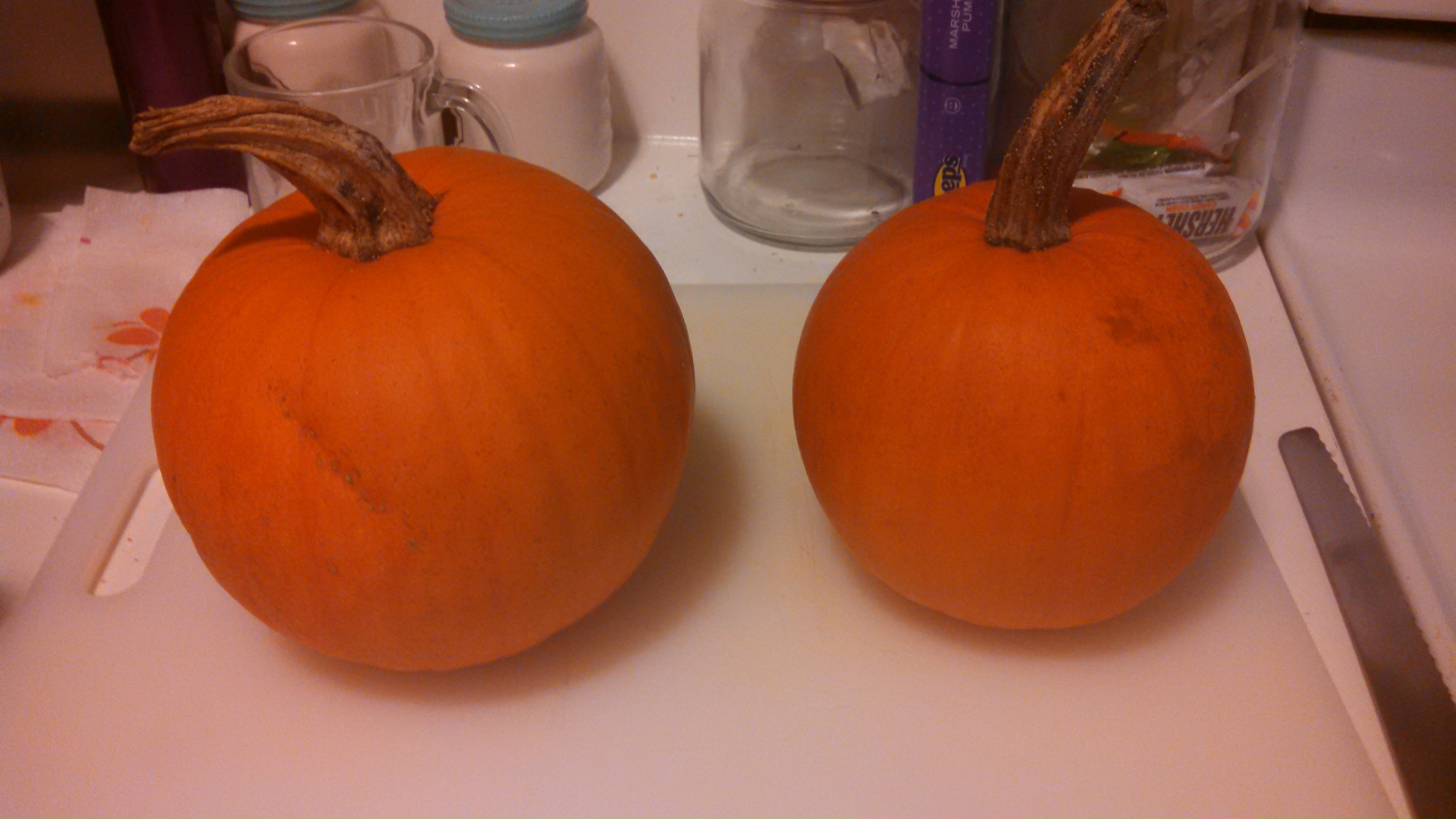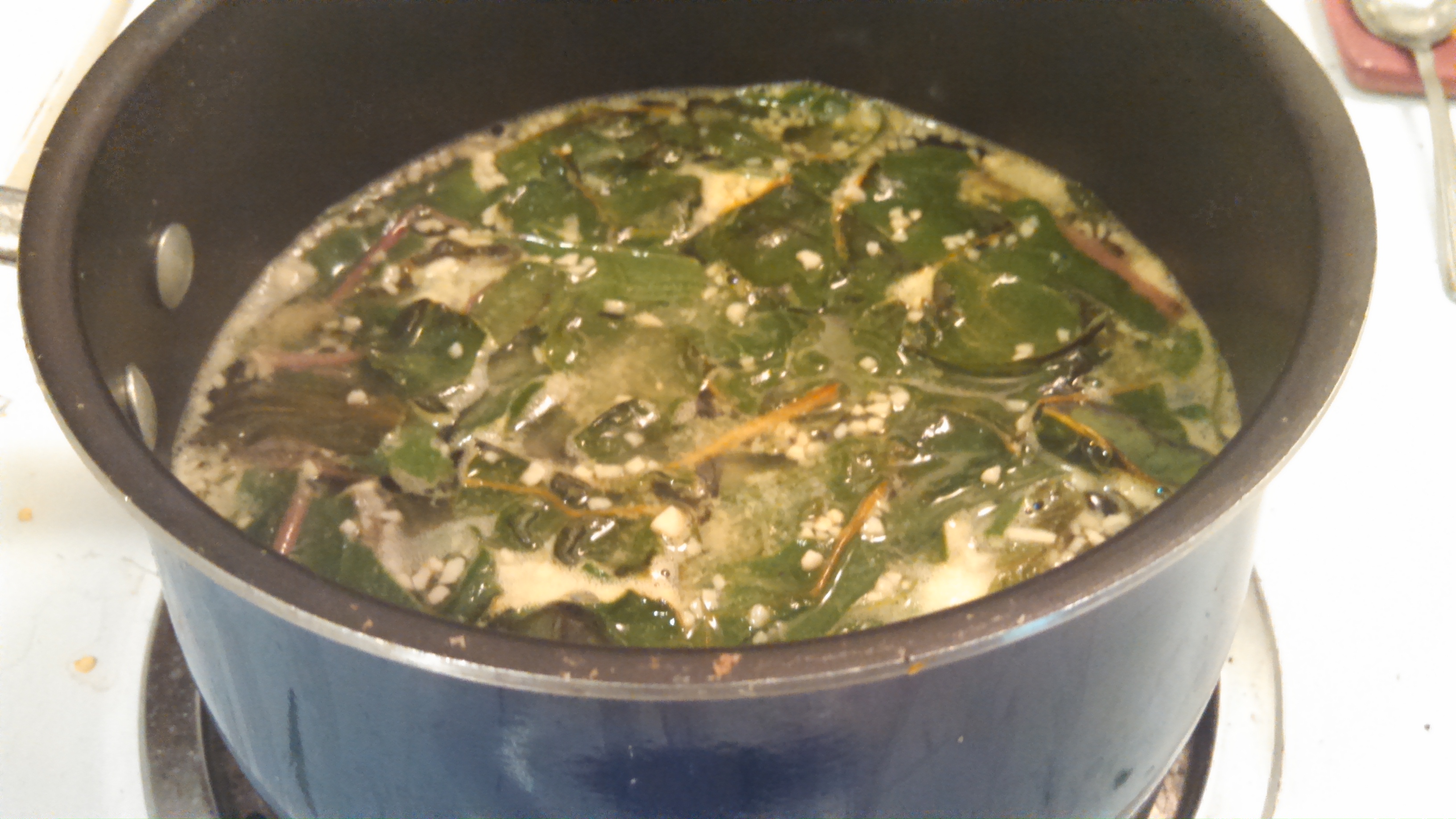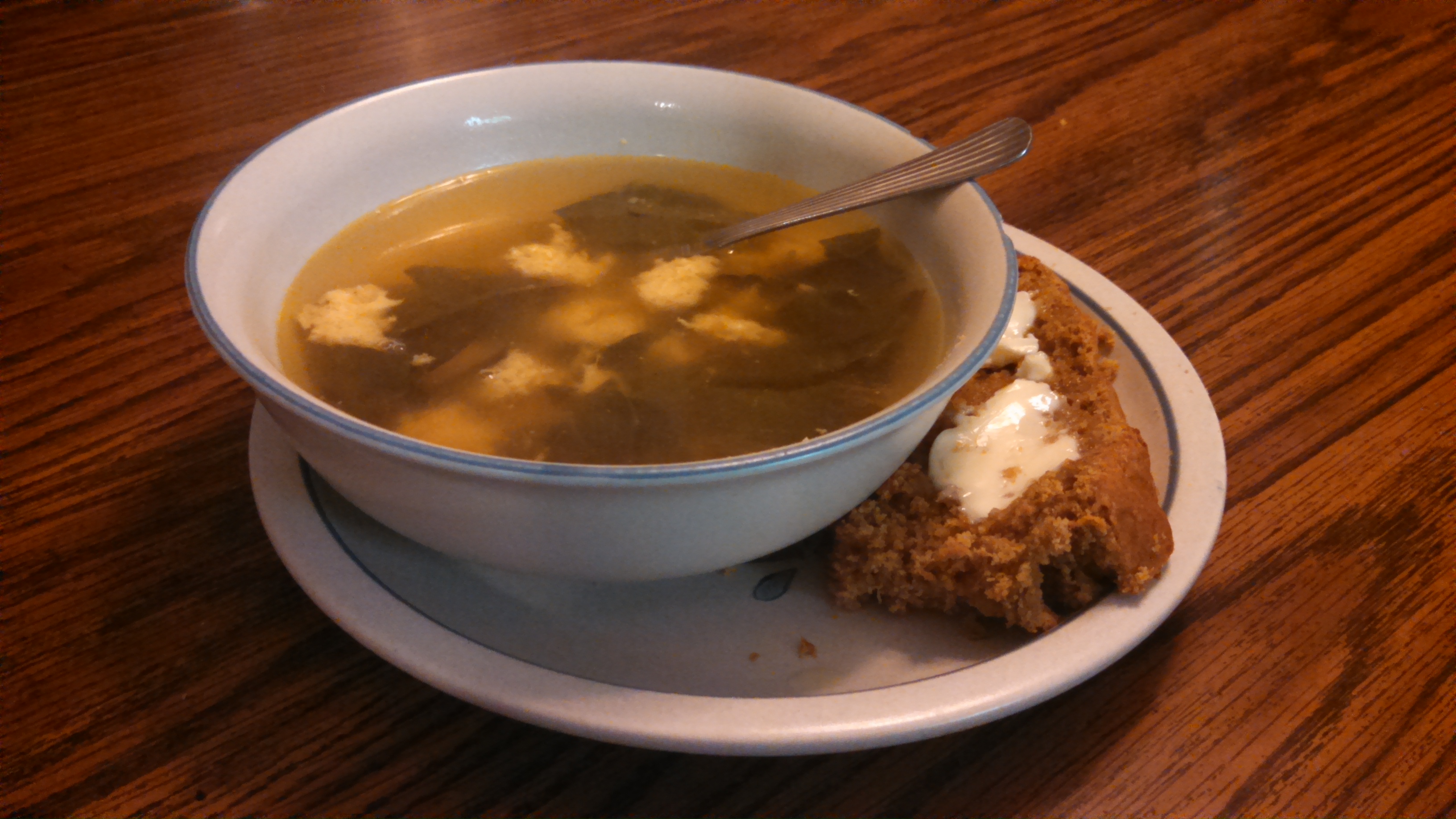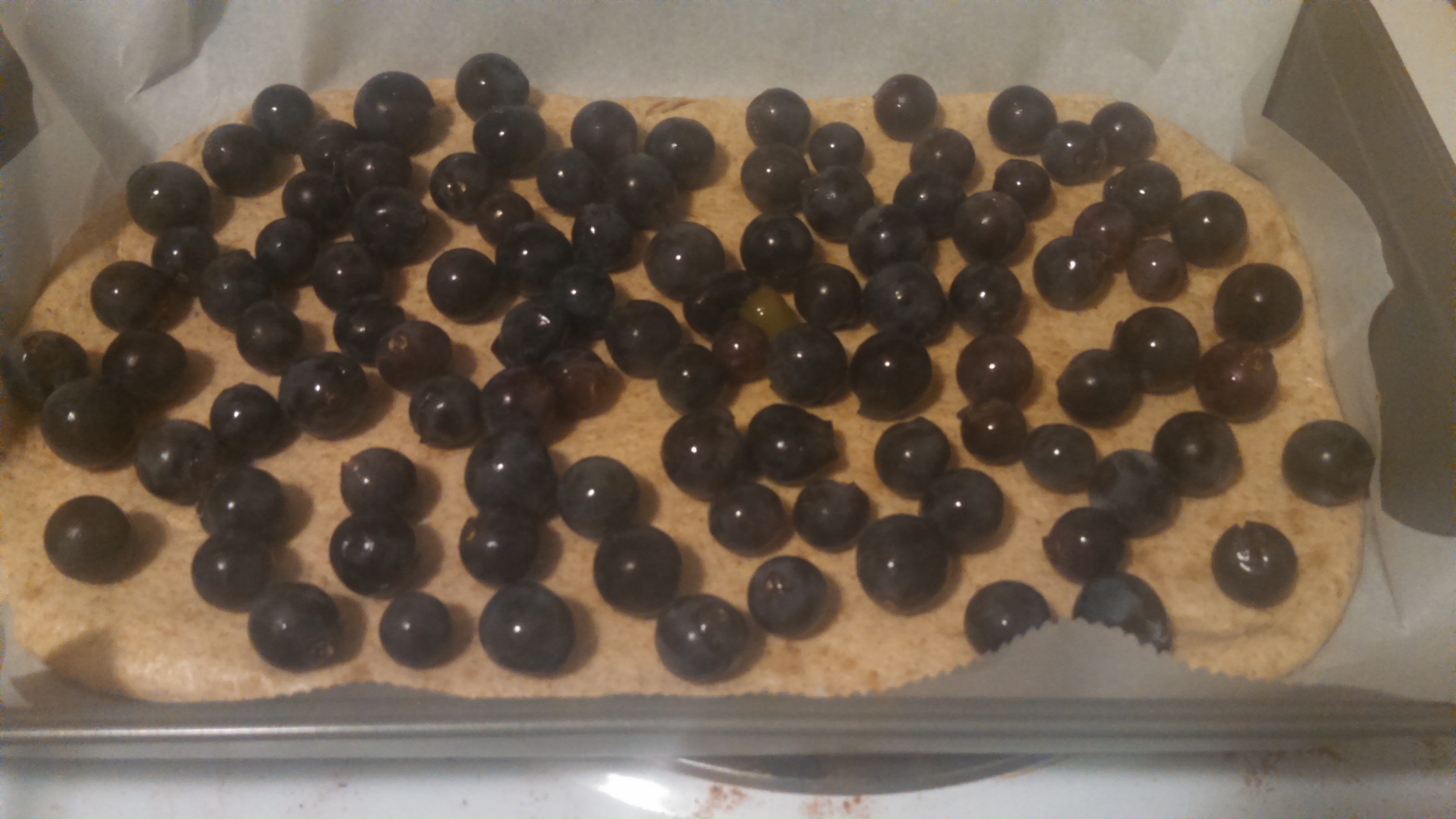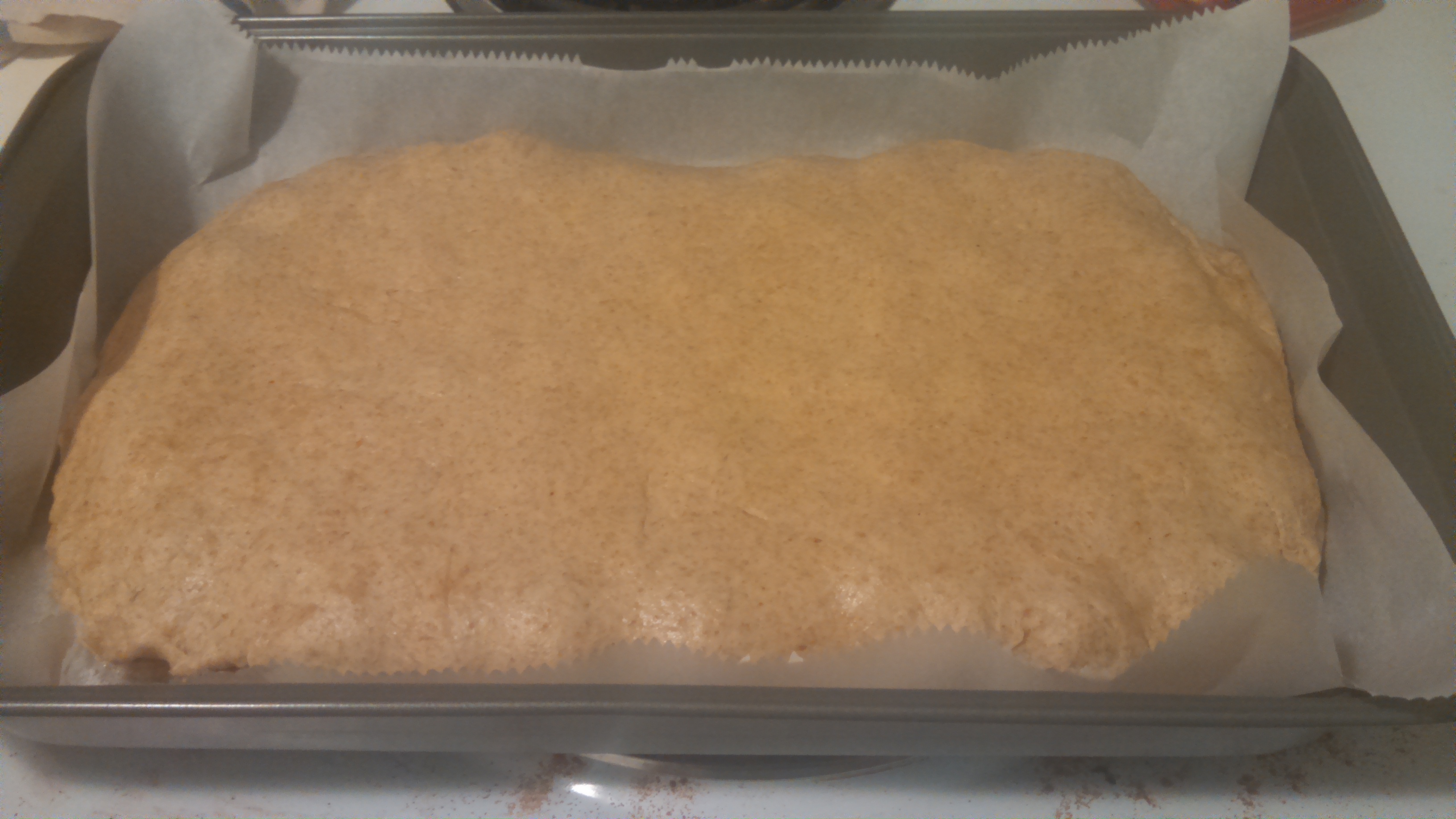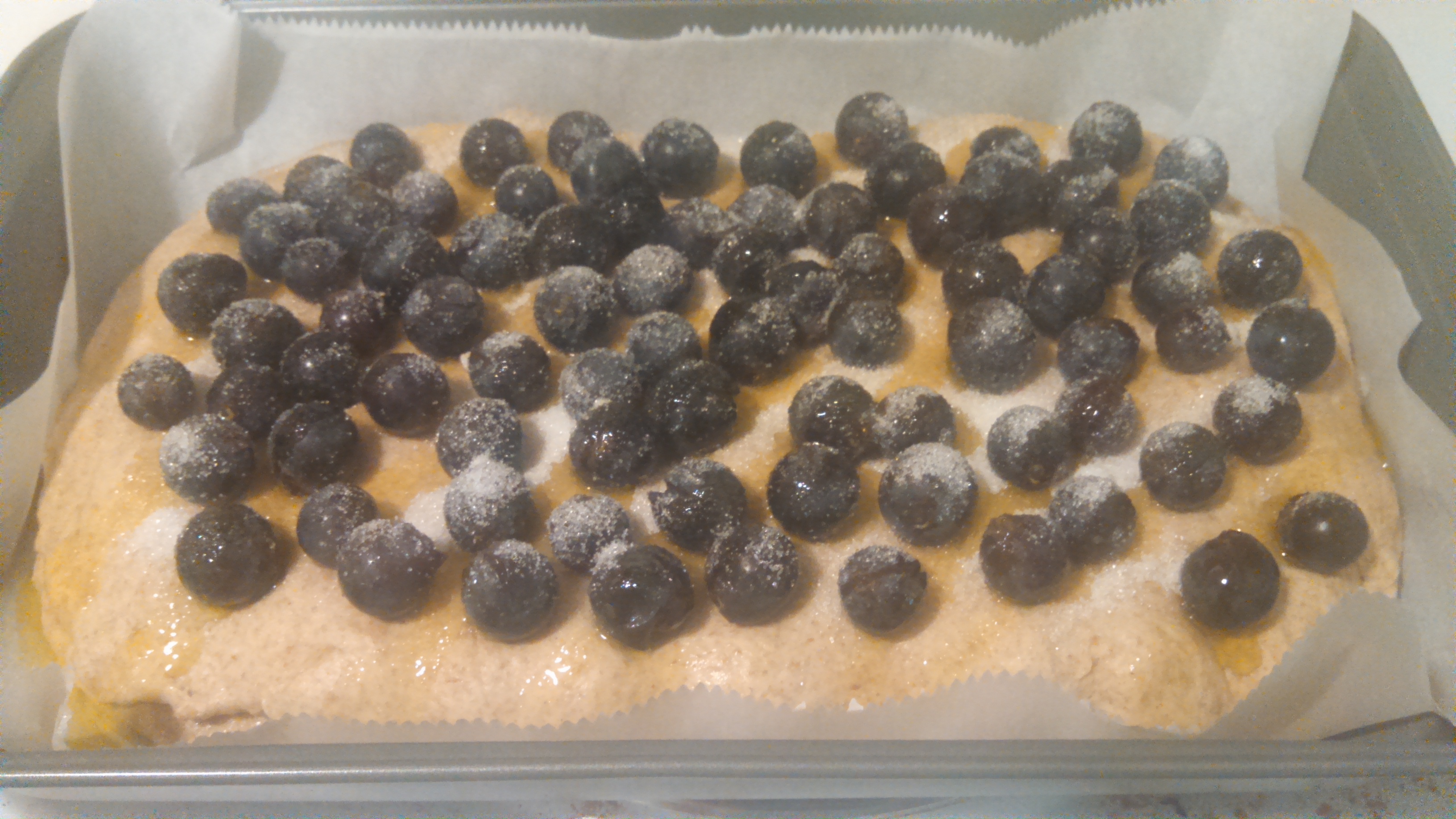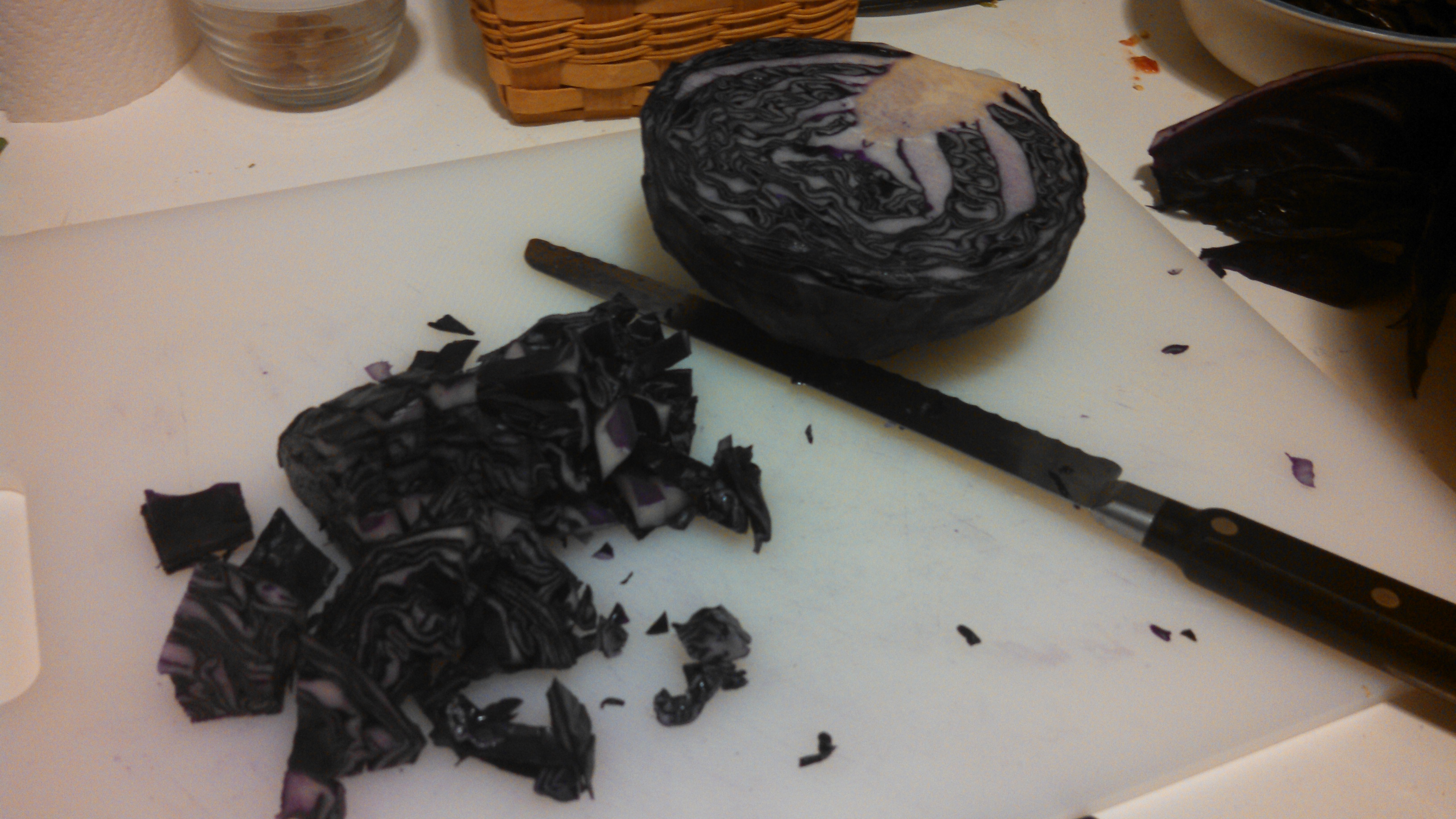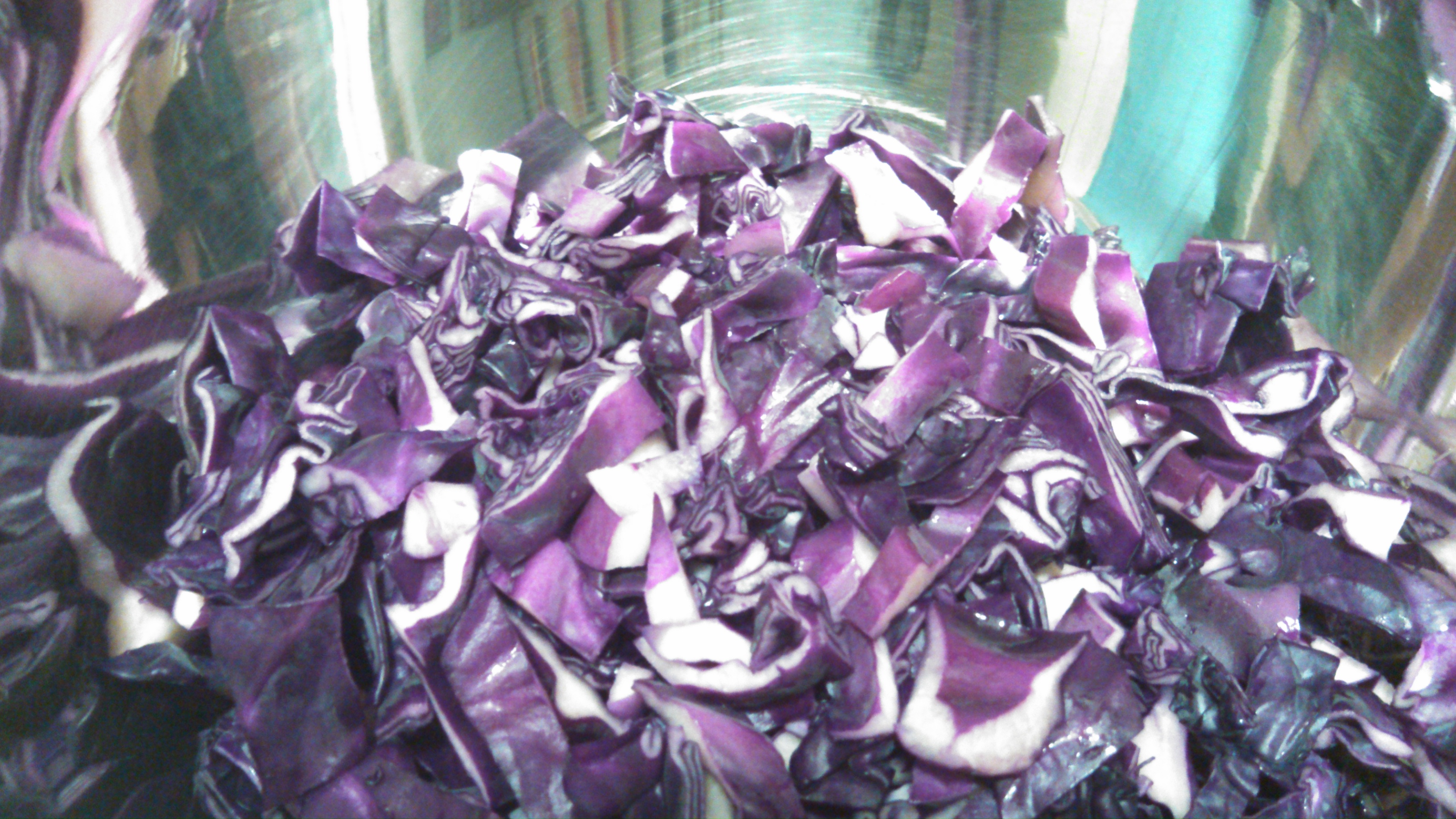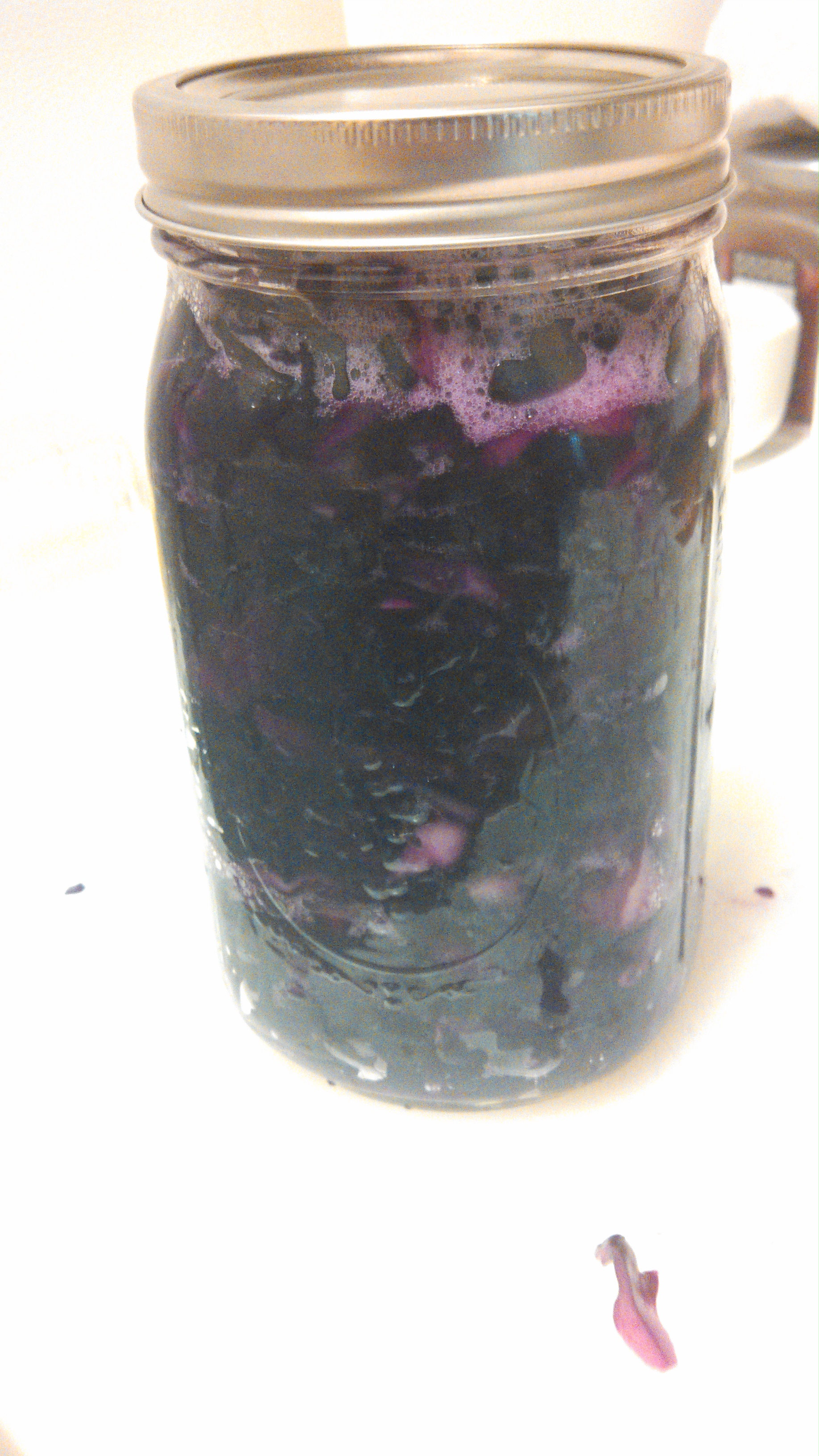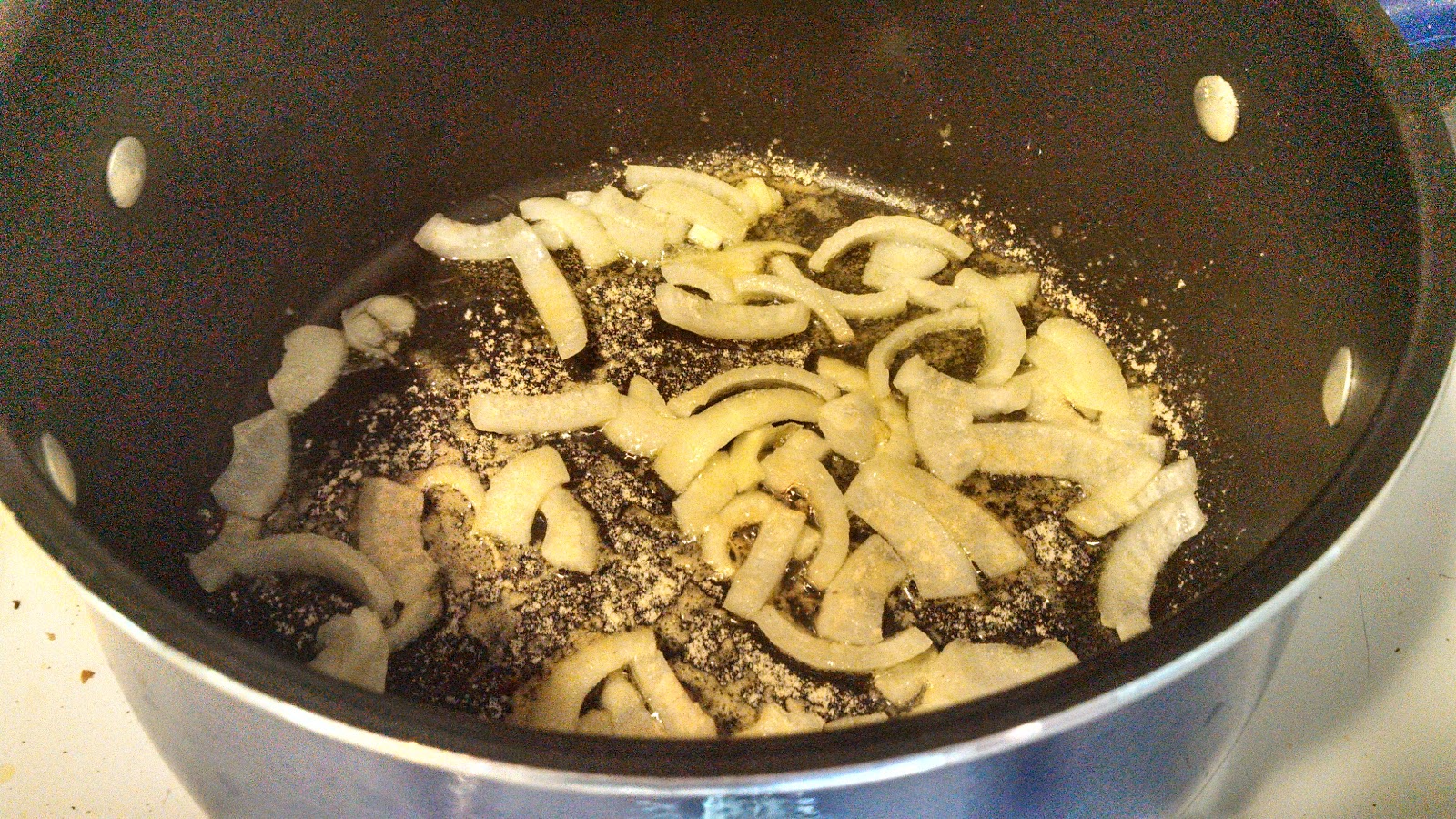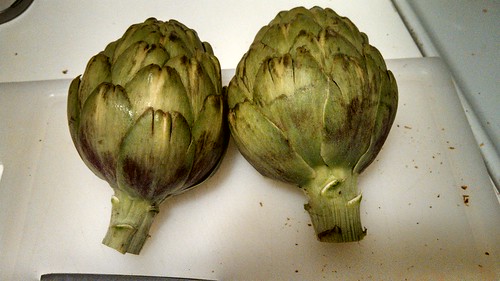"I'm going to make pączki."
"What's that?"
"They're...like...jelly doughnuts, but...a million times better."
I know a lot of this blog is mostly dedicated to my Sicilian heritage, but there's a lot of Polish going on in my background too, and I am just as proud of, if not nearly as knowledgeable about, it. Pączki (plural of pączek, fyi) are a Polish doughnut of sorts, a deep fried treat for Tłusty Czwartek (Fat Tuesday), and one of my favorite things in the world. I seek them out annually. I make sure that I get one of these babies every year on Pączki Day. This year, I decided to make my own.
They are -fattening-, not even slightly healthy. However, as far as I'm concerned, that's okay. Pączki are not meant to be eaten every day. They are meant to be a moment of joy before 40 long days of fasting and contemplation. Sometimes you need a little dose of joy.
I warn you, this is an endeavor. It takes all day. But it's worth it. It's so worth it.
Whether you're celebrating Fat Tuesday tomorrow or you're just looking for a delicious treat, this recipe is just the thing you need.
Pączki
[What You Need]
2 cups whole milk (full fat)
4 1/2 tsp instant yeast
1/2 cup + 1 T. sugar
4 cups all purpose flour
1 cup rye flour (optional - if you want you can just use 5 cups of all purpose)
4 eggs yolks
1 whole egg
1 tsp salt
1 tsp vanilla extract
1/4 cup unsalted butter
1 oz. rum
1 tsp honey
Oil for frying (I used canola because it was what I had on hand, but anything with a high smoke point should work)
Filling of choice (optional)
1 cup powdered sugar for dusting (optional)
orange rind (optional)
[What to do]
1. Melt butter and set aside to cool.
2. Heat milk to ~115 degrees F.
3. Stir in yeast and give them a tablespoon of sugar to eat. When you see the yeast is active, stir in 2 cups of flour, cover with a moist dishcloth and set aside for 30 minutes. (Essentially, you are creating a starter here)
4. Whisk the eggs together with the rest of the sugar, honey, vanilla, and salt.
5. Add melted butter and egg mixture to starter, combine slowly and stir only as much as needed to combine the ingredients.
6. Finally, slowly add the rest of the flour. It will form a very sticky, but soft, smooth dough. Cover and set aside to rise for 1 1/2 hours.
7. On a floured surface, knead the rum into the dough (the alcohol content keeps the oil from absorbing too deeply into the dough while frying), then roll it out until ~1 in thick.
8. Cut out circles of dough. For me, this recipe made about 30 circles, but if you roll it out thinner, it may make more. Set the circles aside to rise for an 1 1/2 hours.
9. Heat oil for frying: I keep a small amount of dough to test for this.
10. Fry the circles (which will have risen to twice their size) and let them cool.
11. (optional): using a pastry filling pipe, fill with your choice of filling (traditional fillings [filling is controversial, though] include rose custard, plum, etc. I used raspberry for 1/2 and did not fill the rest.)
12. (optional): fill a shallow bowl with powdered sugar and/or orange zest and roll pączki in it to cover them. (I used sugar for unfilled and zest for raspberry to distinguish the two types.)
So there you have it. My most complex recipe to date. Enjoy! Happy Mardi Gras!
